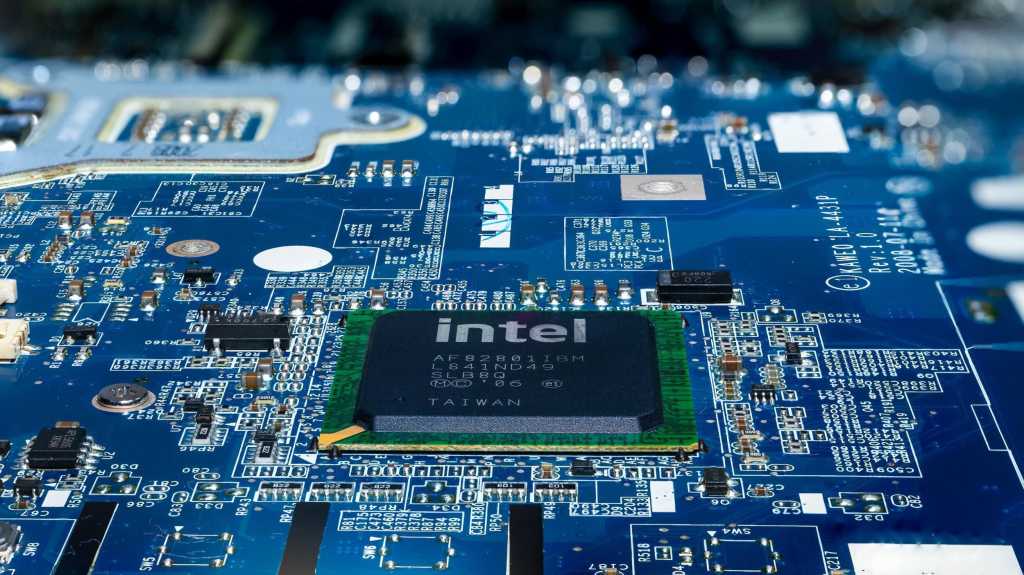
“That’s something we’re going to expand and build on,” Tan said, according to the report, pointing to Intel’s commanding 68% share of the PC chip market and 55% share in data centers.
By contrast, the NEX unit — responsible for silicon and software that power telecom gear, 5G infrastructure, and edge computing — has struggled to deliver the kind of strategic advantage Intel needs. According to the report, Tan and his team view it as non-essential to Intel’s turnaround plans.
The report described the telecom side of the business as increasingly disconnected from Intel’s long-term objectives, while also pointing to fierce competition from companies like Broadcom that dominate key portions of the networking silicon market and leave little room for Intel to gain a meaningful share.
Financial weight, strategic doubts
Despite generating $5.8 billion in revenue in 2024, the NEX business was folded into Intel’s broader Data Center and Client Computing groups earlier this year. The move was seen internally as a signal that NEX had lost its independent strategic relevance and also reflects Tan’s ruthless prioritization.
To some in the industry, the review comes as little surprise. Over the past year, Intel has already shed non-core assets. In April, it sold a majority stake in Altera, its FPGA business, to private equity firm Silver Lake for $4.46 billion, shelving earlier plans for a public listing. This followed the 2022 spinoff of Mobileye, its autonomous driving arm.
With a $19 billion loss in 2024 and revenue falling to $53.1 billion, the chipmaker also aims to streamline management, cut $10 billion in costs, and bet on AI chips and foundry services, competing with Nvidia, AMD, and TSMC.




















